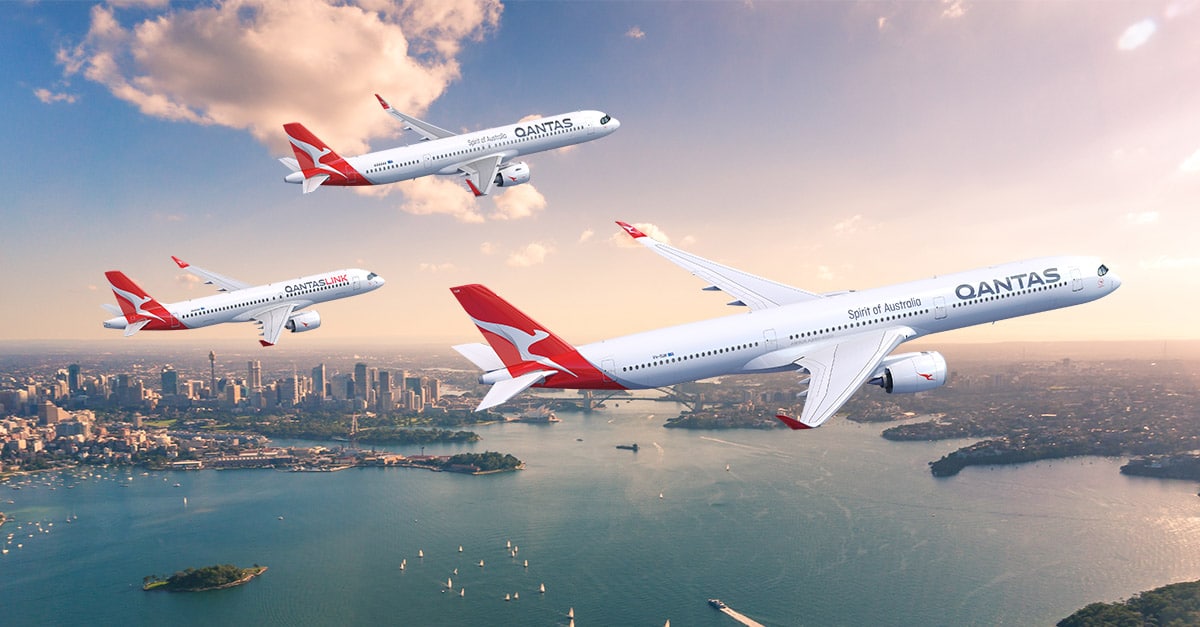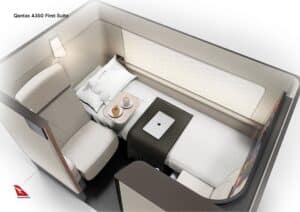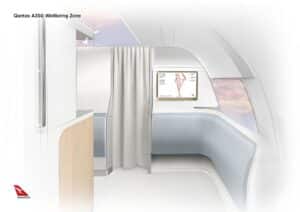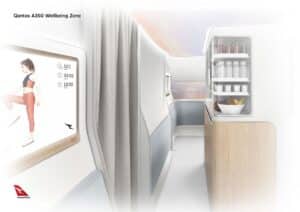Aerospace
Qantas will place the largest order in its 102-year history, aiming for 150 Airbus planes worth $34 billion.

- Qantas Project Sunrise has been approved, with an order for 12 x Airbus A350s capable of flying direct from Australia to any other city, including New York and London, beginning in late 2025 from Sydney.
- Domestic fleet renewal will begin in late 2023, with an order for 40 x A321XLRs and A220 aircraft; 94 purchase order rights will be spread out over at least a decade.
- Significant reductions in emissions, operating costs, and passenger comfort when compared to retiring aircraft.
- There will be no change to the capital guidance for FY23; order structure will be consistent with the Group Financial Framework.
The Qantas Group announced today a number of significant fleet decisions that will reshape its international and domestic networks over the next decade and beyond.
These decisions will also improve journeys for millions of people each year, as well as create over 1,000 jobs and numerous career advancement opportunities at the national carrier.
Domestically, as part of ‘Project Winton,’ Qantas will begin the renewal of its narrow body jets with firm orders for 20 Airbus A321XLRs and 20 A220-300s as its Boeing 737s and 717s are gradually retired. The first of these aircraft will begin to arrive in late calendar 2023, with the order including purchase right options for an additional 94 aircraft to be delivered until at least 2034.
On a global scale, 12 Airbus A350-1000s will be ordered to operate nonstop ‘Project Sunrise’ flights from Australia to cities such as New York and London. These aircraft will provide market-leading passenger comfort in each travel class, with services set to begin from Sydney by the end of calendar 2025.
All of these next-generation aircraft, with lower emissions, longer range, less noise, and better economics, will improve people’s travel around Australia and around the world.
Customers can anticipate more direct routes and, as a result, less total travel time. They can anticipate increased cabin comfort. Furthermore, due to different aircraft sizes for peak and off-peak times, they can expect more flight options at different times of day, particularly on domestic and regional routes.
IN REGARD TO THE ORDER
- Orders have been placed for 12 Airbus A350-1000s for Project Sunrise. Deliveries will begin in 2025 and will be completed by 2028.
- Firm orders have been placed for 20 A321XLR and 20 A220-300 aircraft for Project Winton, which will begin the renewal of Qantas’ narrow body fleet as its 95 Boeing 737 and Boeing 717 aircraft retire. A220 deliveries will begin in late calendar 2023, with A321XLR deliveries beginning a year later in late calendar 2024.
- A further 94 purchase right options are available across the A320 and A220 families, with significant flexibility in delivery timing (over a 10-year period) and aircraft type.
- Combines with Jetstar’s existing order of 109 A320s (plus purchase rights) to form a single Qantas Group narrow body order for 299 aircraft (half of which are firm orders).
- Combines with Jetstar’s existing order of 109 A320s (plus purchase rights) to form a single Qantas Group narrow body order of 299 aircraft (half of which are firm orders and half are purchase right options), with the option to reduce that order by selecting any variant from the A320 and A220 families.
- Jetstar confirmed today that it will convert 20 of its existing A320 family orders to A321XLRs, which have the potential to fly short-haul international routes, with deliveries beginning in the second half of calendar 2024. (The first tranche of this existing order – 18 A321LRs – is scheduled to arrive in July 2022.)

Aerospace
Boeing Transfers Rocket Stage to NASA, Paving Way for Human Moon Mission

Boeing has achieved a significant milestone by providing NASA with the second core stage of the Space Launch System (SLS) rocket.
This crucial component, crafted at NASA’s Michoud Assembly Facility (MAF), is set to propel the Artemis II crew into lunar orbit, marking humanity’s return to deep space after a 50-year hiatus.
The monumental Boeing-built rocket stage, the largest element of the Artemis II mission, will embark on a journey aboard the Pegasus barge, traveling 900 miles to NASA’s Kennedy Space Center.
Comparison of two legendary aircraft B777x vs B747 aircraft:Click here
Upon arrival, it will be meticulously integrated with other essential Artemis II components, including the upper stage, solid rocket boosters, and NASA’s Orion spacecraft within the iconic Vehicle Assembly Building. This intricate integration process is a vital step toward the eagerly anticipated Artemis II launch, slated for 2025.
“Boeing-built products helped land humankind on the moon in 1969, and we’re proud to continue that legacy through the Artemis generation,” remarked Dave Dutcher, vice president and program manager for Boeing’s SLS program. “Together, with NASA and our industry partners and suppliers, we are building the world’s most capable rocket and paving the way to deep space through America’s rocket factory in New Orleans.”
NASA, Lockheed Martin Reveal X-59 Quiet Supersonic Aircraft:Click here
The delivery of Core Stage 2 marks a significant achievement in the evolution of the SLS rocket. Towering over 200 feet and powered by four RS-25 engines, this core stage, coupled with two solid-fueled booster rockets, will generate a staggering 8.8 million pounds of thrust. This immense power is crucial to launching Artemis II and future missions into the vast expanse of space.
The SLS rocket stands unparalleled in its capability to transport both crew and substantial cargo to the moon and beyond in a single launch. Its extraordinary capacity will facilitate the delivery of human-rated spacecraft, habitats, and scientific missions to destinations including the moon and Mars, ushering in a new era of space exploration.
-

 Travel1 week ago
Travel1 week agoAir India to Expand US Operations with Three New Routes After a Decade
-

 Travel2 weeks ago
Travel2 weeks agoWhy We Should Avoid These Stamps in a Passport
-

 Airlines1 month ago
Airlines1 month agoInvestigations Reveal Fake Chinese Titanium in Boeing and Airbus Jets
-

 Tech4 weeks ago
Tech4 weeks agoChina’s CATL Plans 1,800-Mile Electric Plane Launch by 2027
-

 Airport3 days ago
Airport3 days agoTop 10 Largest Airports in the World by Size
-

 Aerospace4 weeks ago
Aerospace4 weeks agoChina’s Fighter Jets Turn Wings into Autonomous Drones
-

 Airlines4 days ago
Airlines4 days agoAir India Rolls Out A350s for Delhi-New York JFK and Newark Routes
-

 Defence3 weeks ago
Defence3 weeks agoBoeing Enhances Chinook with New Engines and Block II Upgrades at $96 Million











